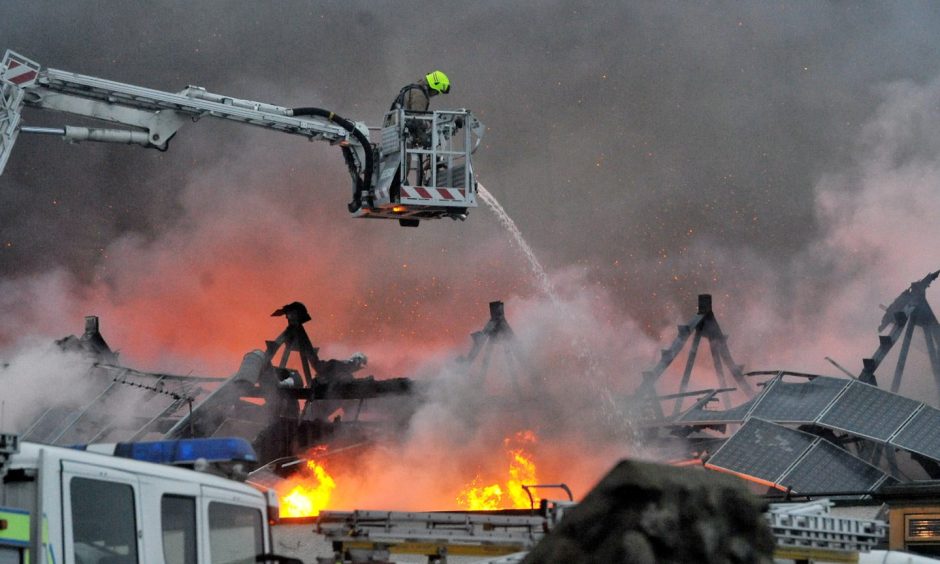
Ten years ago today, Jimmy Chung’s beachfront restaurant was destroyed in an inferno that saw 70 firefighters tackle the blaze at its height.
The fire was so severe, smoke could be seen from Aberdeenshire, and fire crews had to escape the building before it collapsed on top of them.
But the destruction of the popular Chinese restaurant also meant part of Aberdeen’s theatre history was lost forever.
Although most Aberdonians will remember the building as a series of restaurants, it started life as a pavilion theatre bringing stars like Harry Lauder and Julie Andrews to the silver city venue by the golden sands.
Aberdeen’s Beach Pavilion theatre opened in 1928
Aberdeen’s new Beach Pavilion theatre opened on May 4 1928 as part of a £53,000 programme of beach improvements overseen by the council.
The £9500 pavilion replaced a previous one, to facilitate entertainment and variety shows, in a wider scheme to enhance Aberdeen as a holiday destination.
There was some criticism of the new pavilion at the time – it was considered unattractive by some compared to its historic predecessor.
Ahead of its opening, the P&J reported: “To whatever criticism it may be subjected as regards its outside appearance, the new Beach Pavilion at Aberdeen will prove charming.”
Patrons entered through double mahogany doors into a mahogany-lined foyer.
Beyond that lay a vast front of house with “782 elegant tip-up seats” which were “exceedingly comfortable”.
The accentuated rake of the floor meant that even those in the cheap seats had a good view of the stage.
While the stage arrangement was overseen personally by famous, veteran performer Harry Gordon.
He was an Aberdeen-born entertainer who formed a pantomime troupe with whom he toured successfully.
Gordon was also known as the ‘Laird of Inversnecky’, a fictional town he used in his stand-up routines.
Seafront development was early tourist attraction in Aberdeen
The background of the stage was a mural of the Mediterranean showing Nice, France.
Even on the dullest days in Aberdeen, the painting meant the audience could glimpse “vivid blue sea through ancient pillars of grey”.
The curtains were also grey with a red flash at the bottom, and the stage itself was described as “commodious” and unusually big for a provincial theatre.
Opening night was described as one of the premier nights of Aberdeen’s social season in 1928.
It was part of the corporation’s new “civic scheme” to build up a new tourism industry in the city – “summer visiting”.
Along with the new pavilion, the £53,000 seafront development included the construction of “eight shops, a dance hall and restaurant”.
Jimmy Chung’s eyed up beachfront restaurant
Gordon filmed more than 100 radio shows from the theatre, before it was forced to close by the Second World War in 1940.
Following the war, it was run by the council and the summer variety shows continued, before the famous Donald family took over.
A name synonymous with entertainment in Aberdeen, they had an empire of cinemas and venues, and the pavilion carried on entertaining into the 1960s, attracting stars from stage and screen.
However, The Capitol in the heart of Aberdeen became the place to perform in the Swinging Sixties, and the pavilion was redundant.
Publican Ben Shepherd bought the beachfront venue and turned it into a restaurant called The Gaiety.
An initial success, it shut when the typhoid epidemic hit the city in 1964. Aberdeen was effectively locked down, with schools and restaurants closed to prevent infection spreading.
But Ben gave up on The Gaiety, and it passed to other owners over the years before being split into three different units, and becoming Cafe Continental and Harry Ramsden’s.
When those eateries collapsed in 2005, Jimmy Chung’s took over the site they’d been eyeing since 2001.
The chain already had branches in Union Street, Great Western Road and Stoneywood Road and in 2006, opened their long-awaited beachfront buffet bonanza.
Horror as early-morning blaze broke out at Jimmy Chung’s
Like the other branches, Jimmy Chung’s at the beach was an instant hit with its reasonably-priced, authentic cuisine.
It proved particularly popular with teenagers during the 2000s with its pocket-money prices and proximity to Codona’s and the cinema.
So there was shock and horror when a fire broke out in the early hours of February 20 2014.
Fire crews were confronted with a “well-developed” blaze after the alarm was raised at 4.23am.
As well as Jimmy Chung’s, the Captain’s Table and the Pier Bistro were ablaze.
The first two tenders deployed from Grampian Fire Brigade’s Aberdeen Central station with nine firefighters, and were on the scene within six minutes.
They were quickly followed by a further two fire engines and crew of nine from North Anderson Drive HQ.
The gravity of the situation was immediately obvious, and an aerial ladder platform was brought in, along with command support and a further seven personnel.
Fire raged for nine hours with 70 firefighters on the scene
Further tenders came from Altens and Dyce, while a support lorry deployed from Peterhead, taking the total number of firefighters to 37.
Firefighters donned breathing apparatus and entered the building to tackle the ferocious flames.
By 5.30am, fire engines and transport officers arrived from Ellon and Inverurie, along with another 14 personnel.
As the blaze continued to develop, support crews came from Huntly with salvage tenders.
And at 6am, more breathing apparatus arrived from Dyce, just as the flames burst through the roof.
Firefighters inside the building were pushed back by the inferno and were evacuated fearing the building could collapse on top of them.
When the roof did cave in, the early-morning sky was lit up by the flames.
At 7.30am, crews had been on the scene for three hours and still the fire tore through the historic building.
Personnel from Stonehaven brought a water tanker, while another two tenders and 12 crew arrived from city stations.
They were followed by more fire engines, specialist vehicles and an investigation unit.
At 10am, the fire was still raging. At its height, 70 firefighters were trying to bring it under control.
Beachfront business owners watched on helplessly
It was a clear winter’s day, and the pall of smoke could be seen as far away as Ellon.
Closer to the scene, the esplanade was cordoned off at both ends and shrouded in thick, black smog.
Drivers were warned of hazardous conditions in the vicinity.
Through the flashing blue lights, flurry of hi-vis and heavy smoke, the skeletal remains of the old theatre could be glimpsed.
Owners of neighbouring businesses could only watch helplessly, praying the flames and fallout wouldn’t reach their premises.
The fire was finally under control by was 1.30pm – nine hours after the first crews arrived.
But firefighters worked through the night continuing to dampen down the charred remains of the three restaurants.
Station master David Meldrum said at the scene: “It was a very severe fire and the building has been badly damaged with parts of the roof having collapsed.
“The fire had become quite developed and once that happened we had to take our crews out of the building, which makes it difficult to fight the fire.
“The building suffered about 80% damage and there are now some
concerns over its structural integrity.”
Jimmy Chung’s demolished after being gutted by fire
The following day, the true extent of the damage was revealed.
The roof of the Captain’s Table was completely destroyed, collapsing in on the restaurant.
Jimmy Chung’s was gutted by the blaze, with the worst damage at the rear of the building.
Owner Chung Wong, was in Glasgow on the morning of the blaze.
He said: “I got a call at 5am saying the shop was on fire. I was in a state of shock.”
It was very obvious that the building would need to be taken down before it fell down.
But there was relief when fire crews prevented the flames spreading to other nearby buildings.
Police maintained a cordon, but said there was no signs the blaze was suspicious.
It would be two weeks before business owners, and fire and police investigators could even enter the buildings due to safety concerns.
Pier Bistro owner Martin McAuley said: “They will be coming down, it’s just a matter of when – the buildings will have to be taken down.”
But it would be July before the mangled structure was finally flattened.
Defiant Martin brought The Pier back to the beachfront as part of the development that replaced the historic buildings.
But Jimmy Chung’s is a name long-gone from the beachfront – and Aberdeen.
If you liked this, you might like:

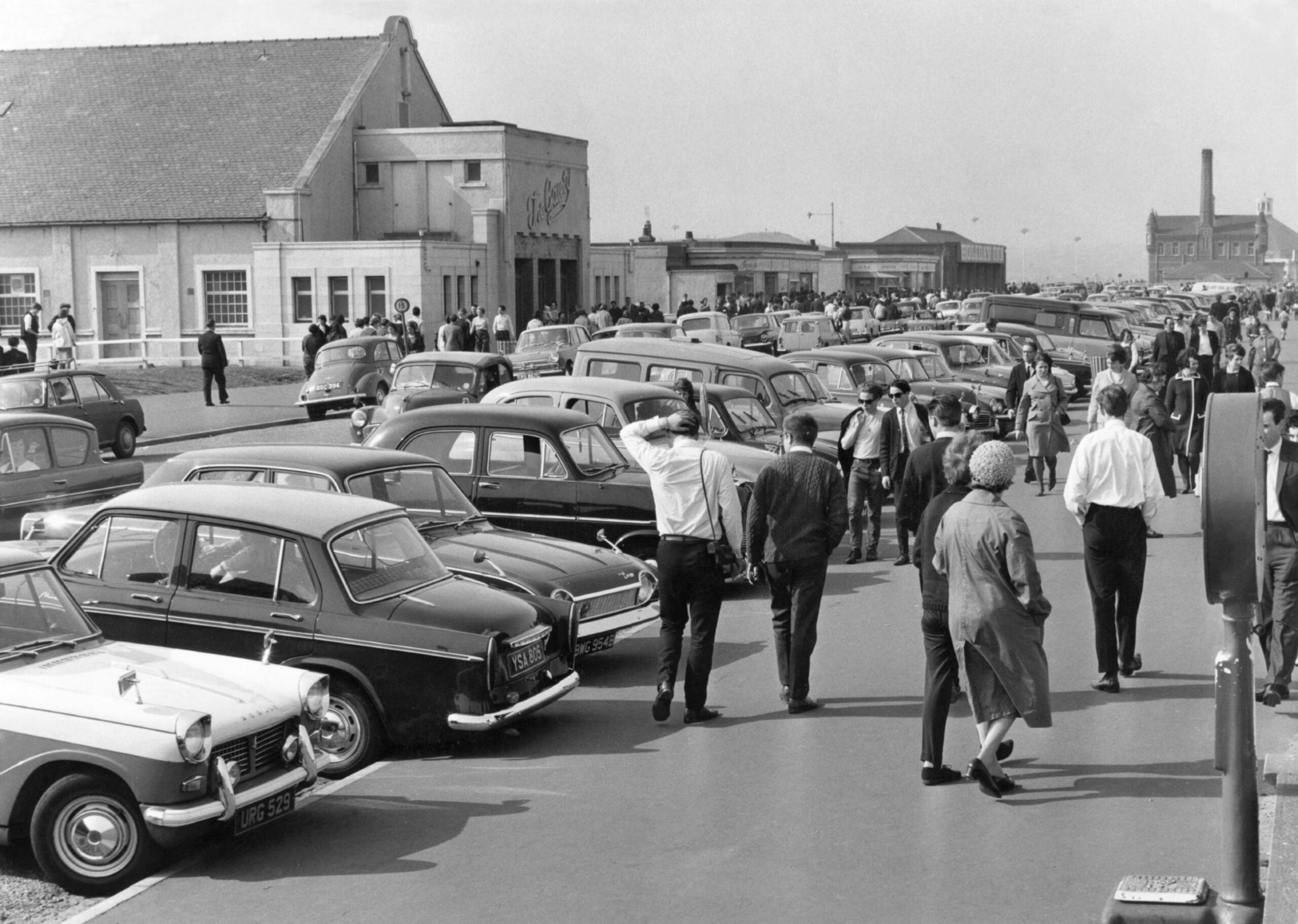
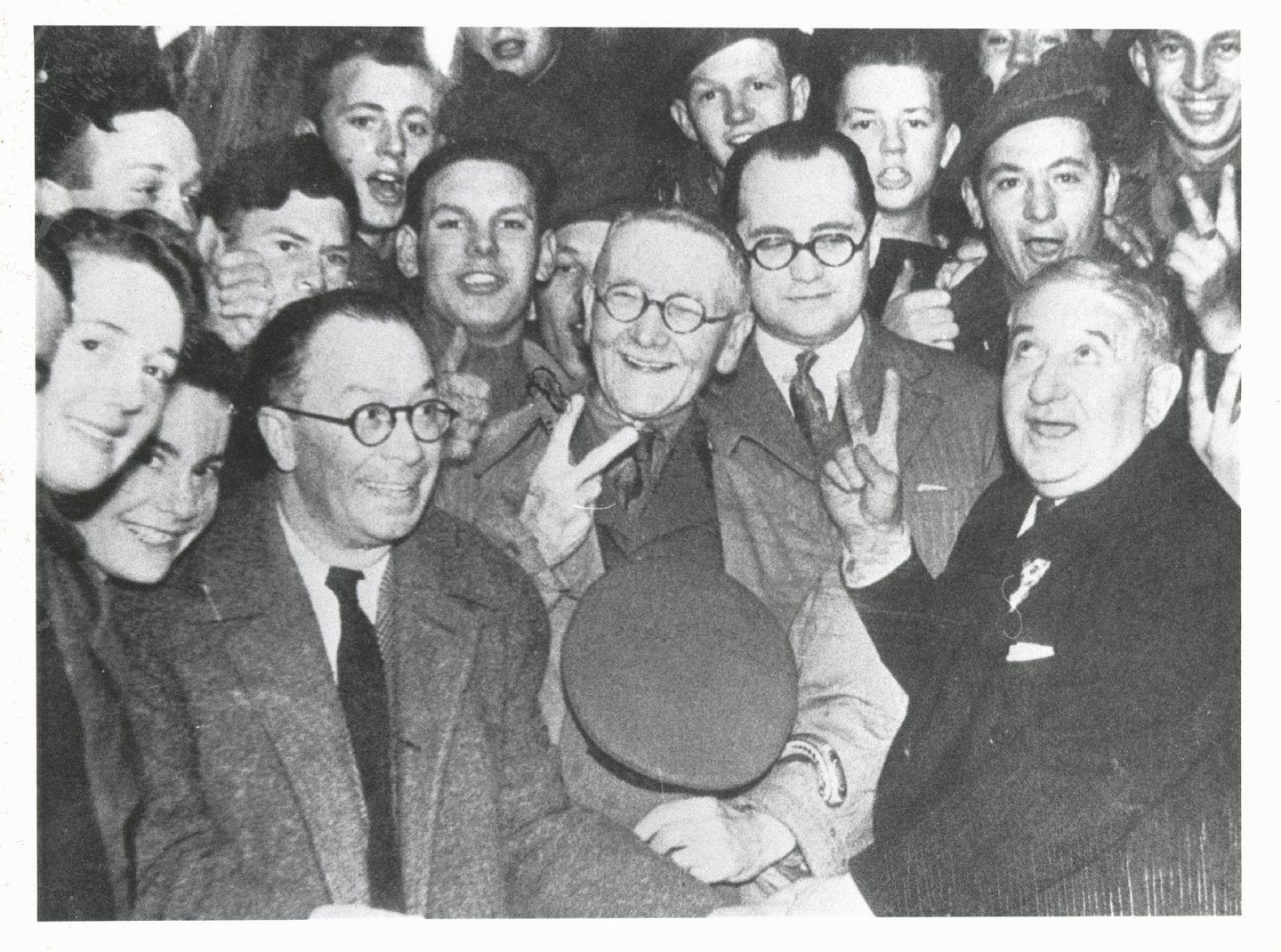
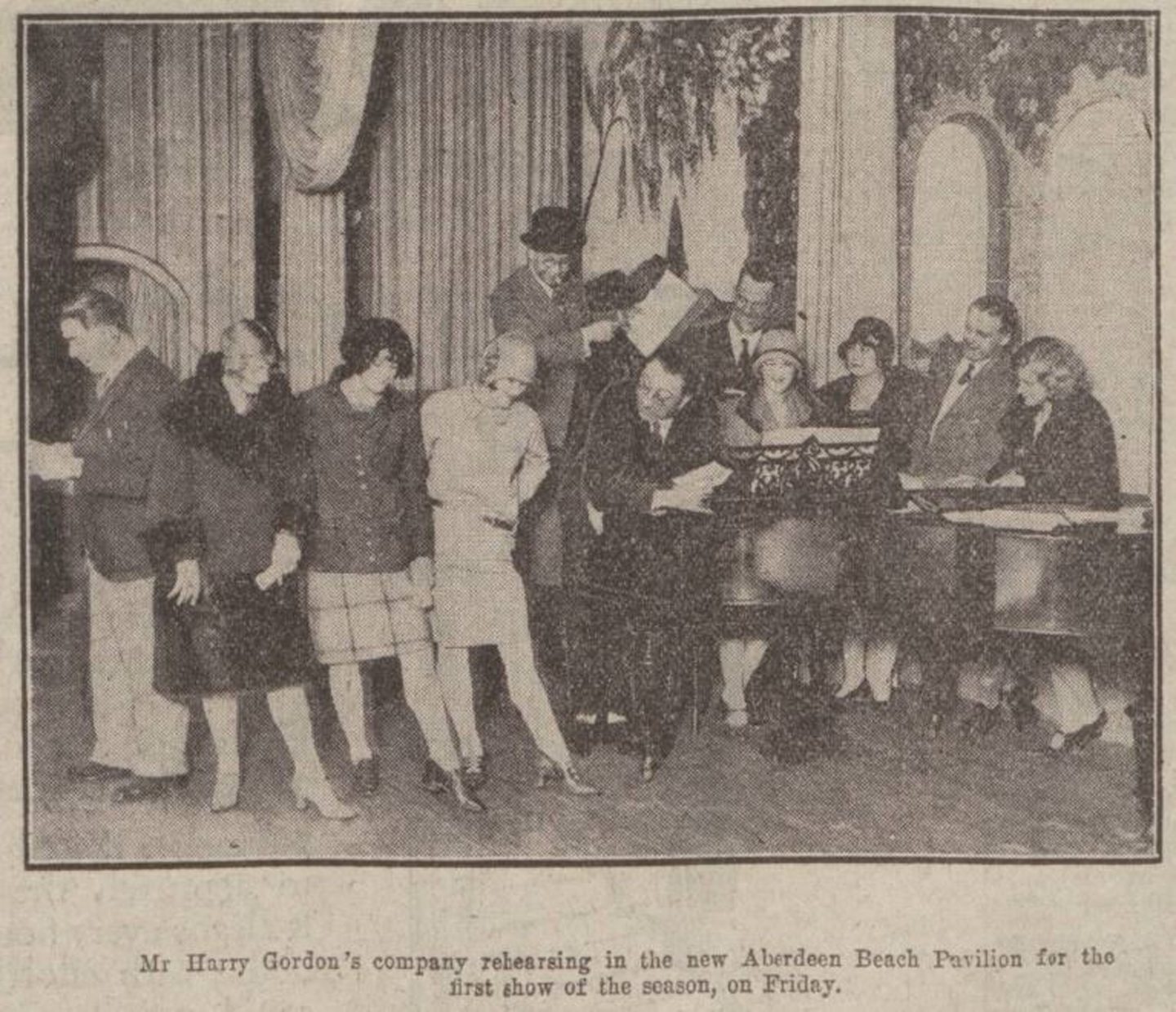
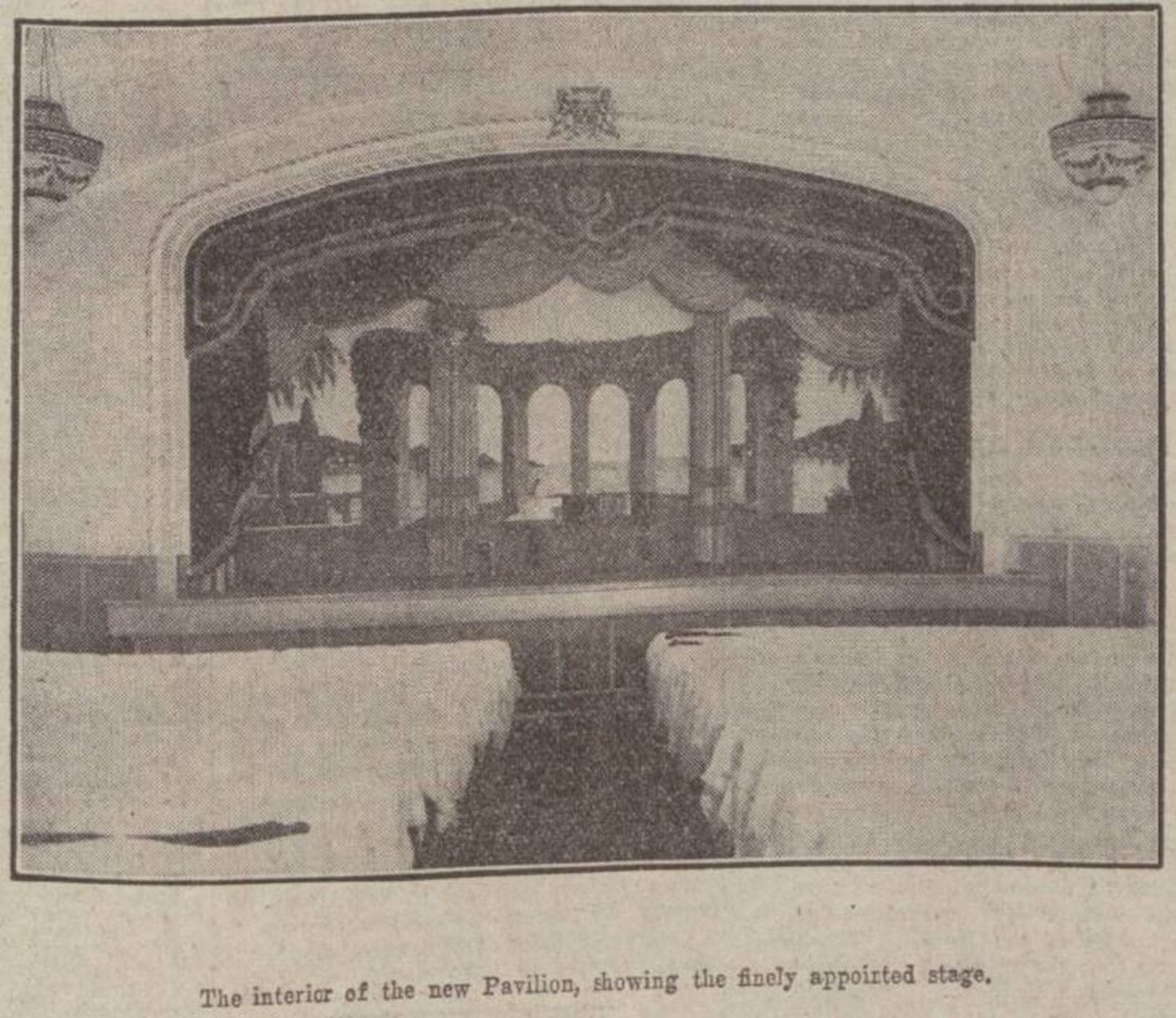
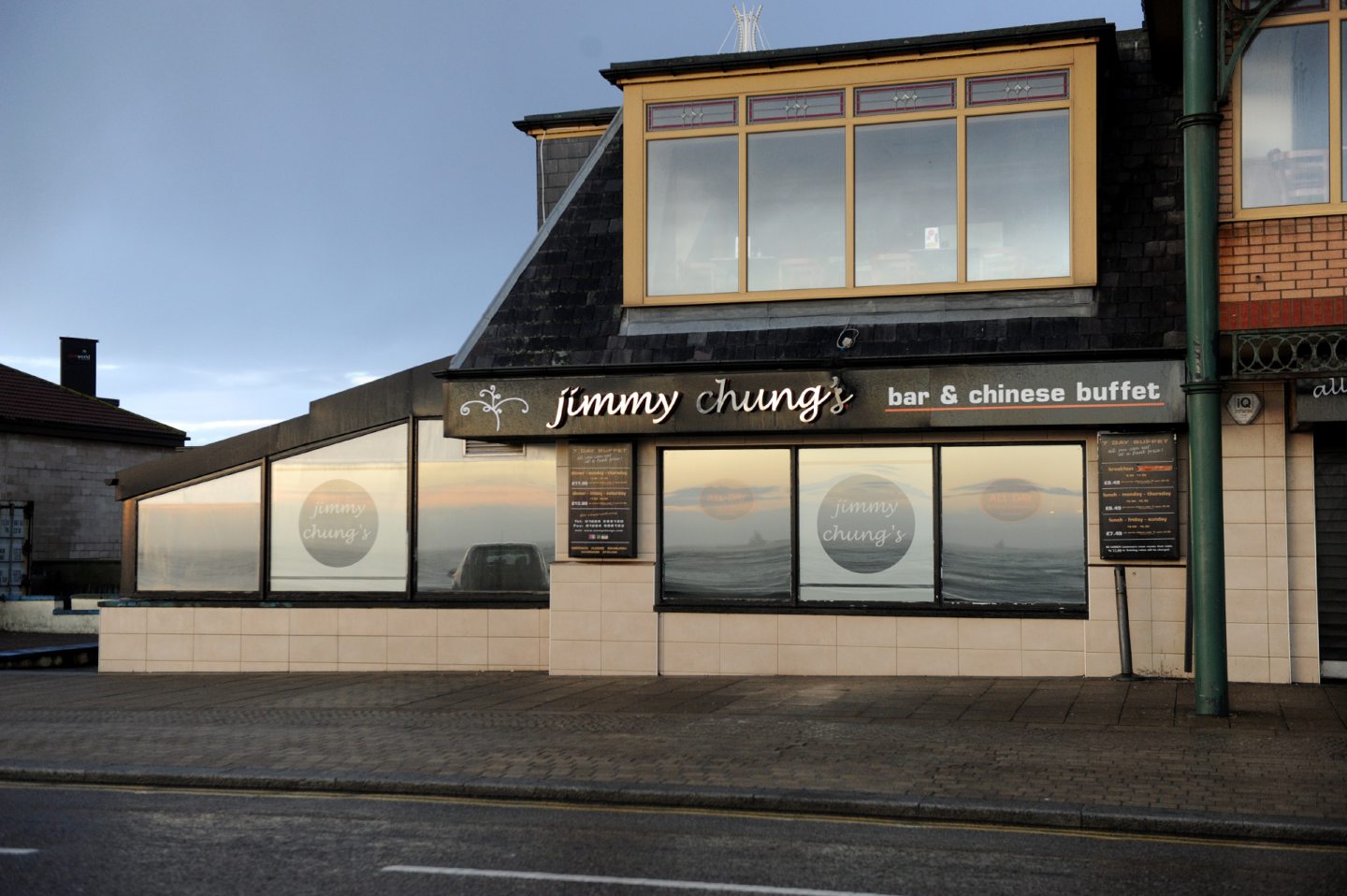
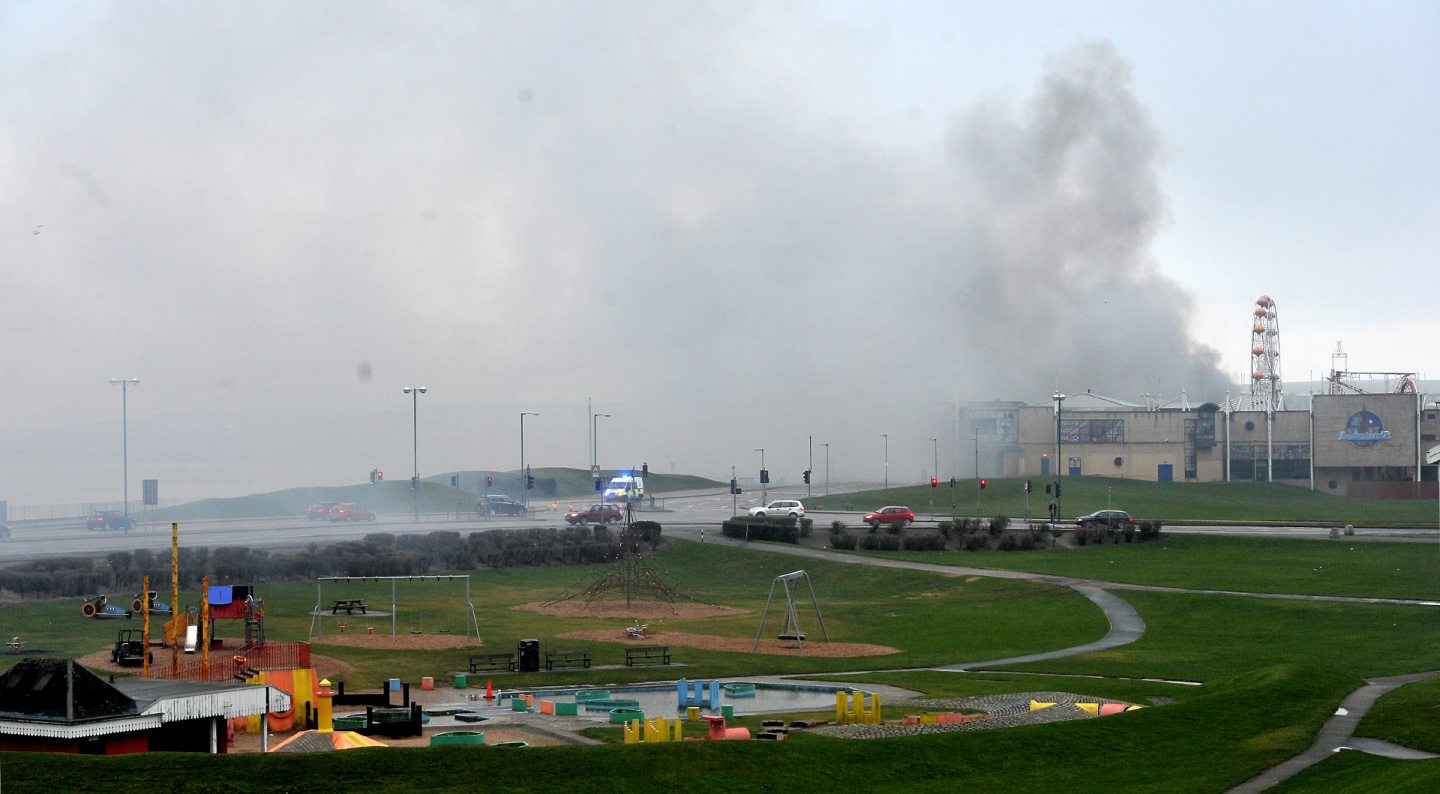


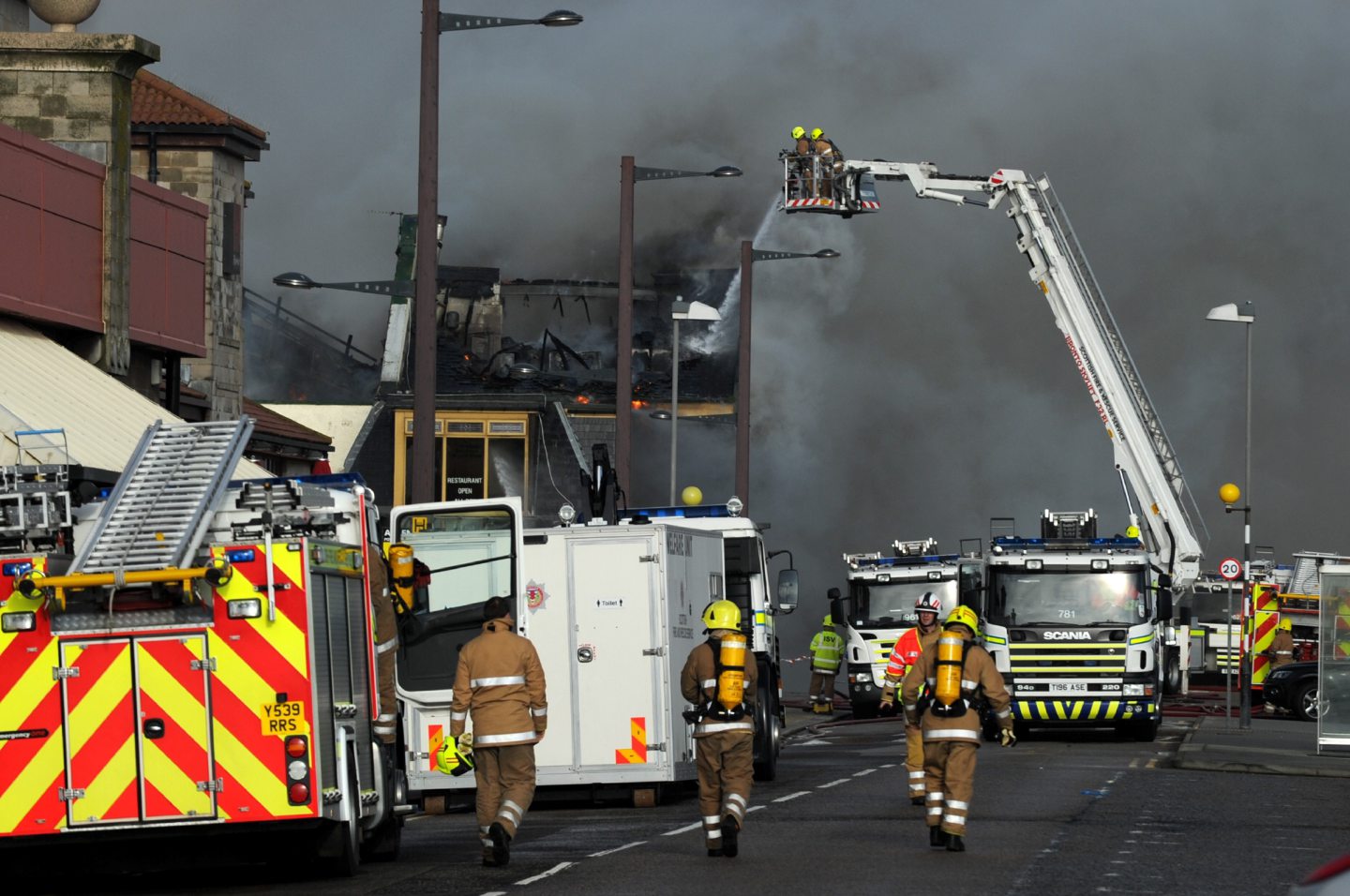

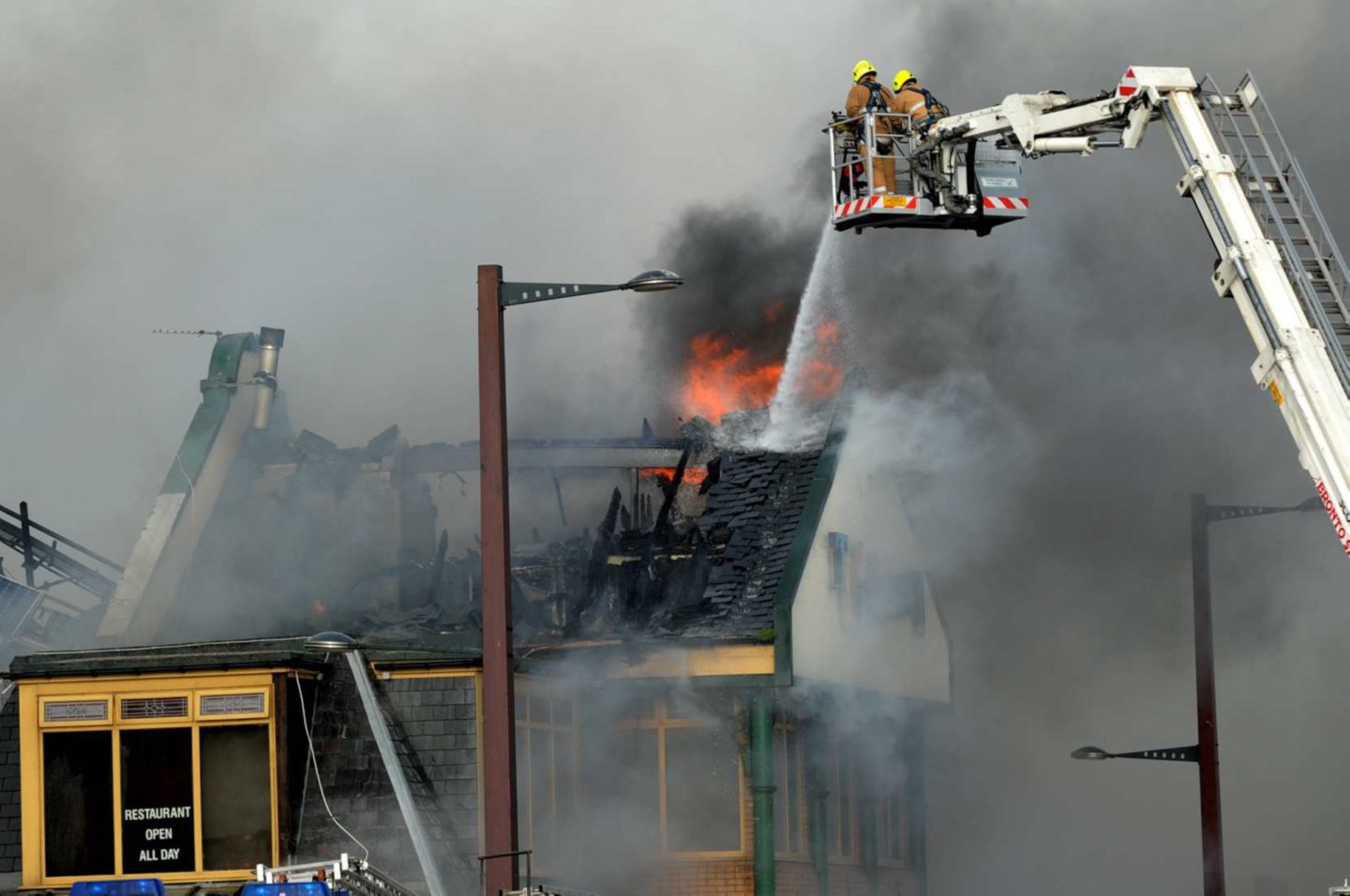
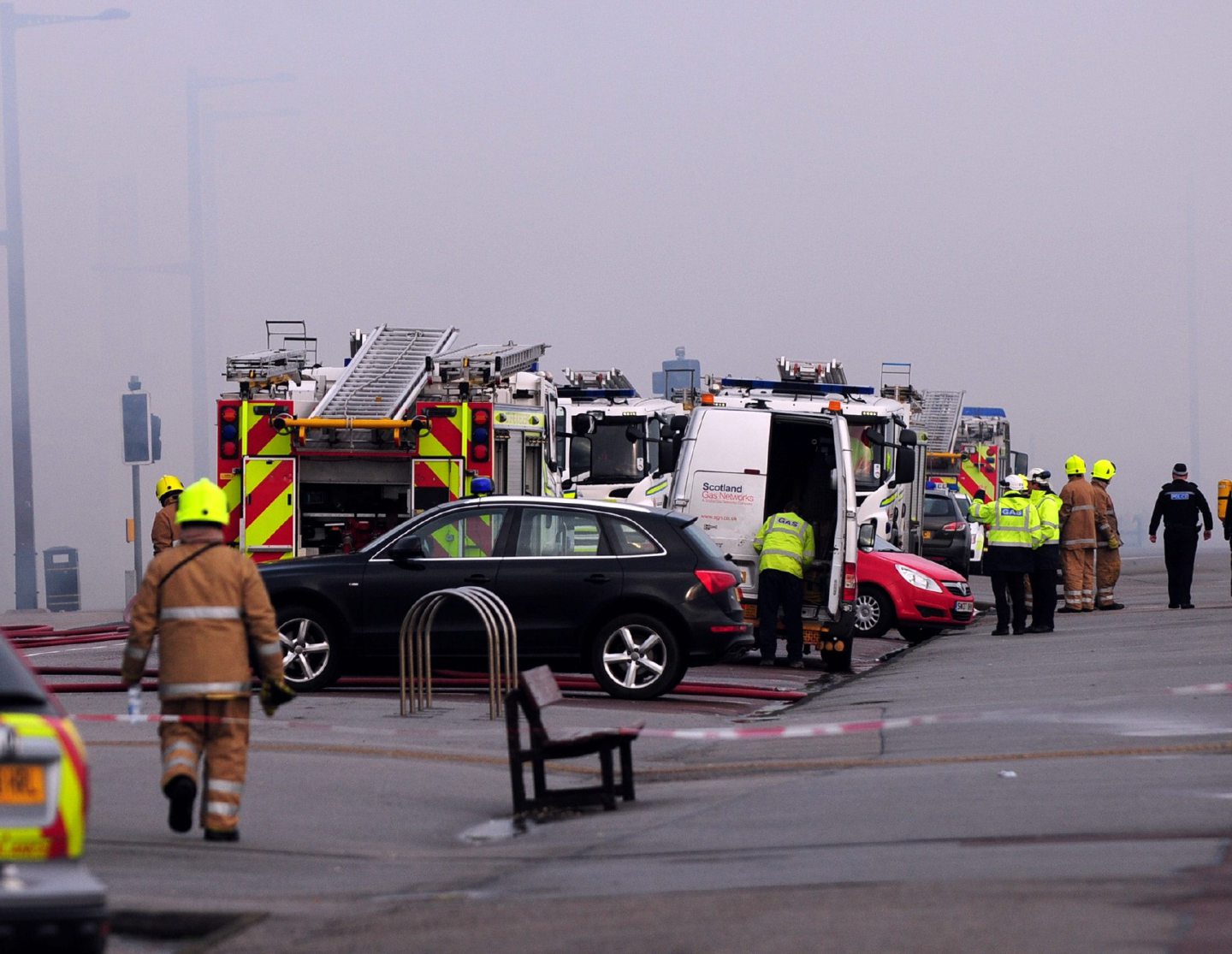




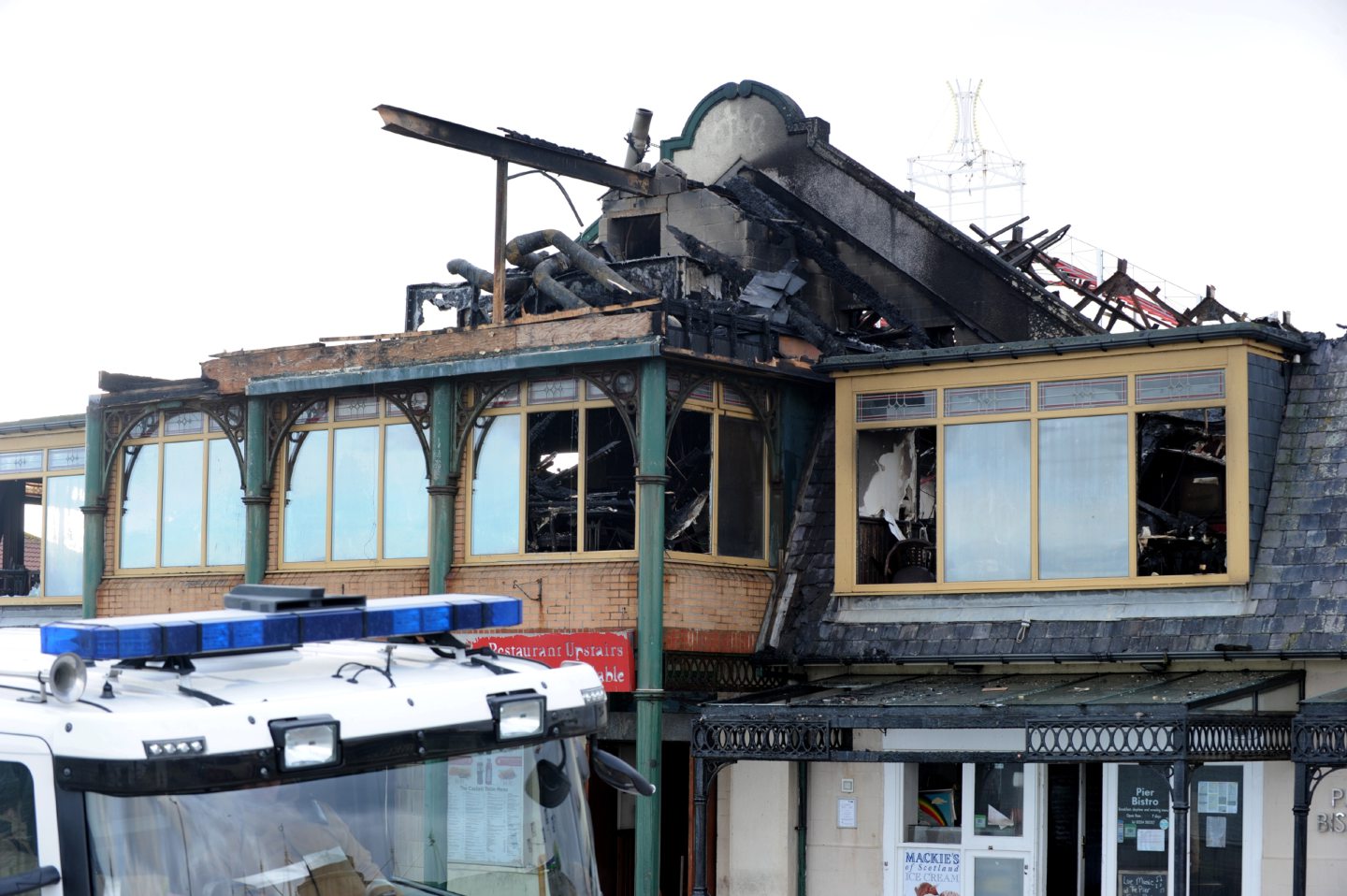

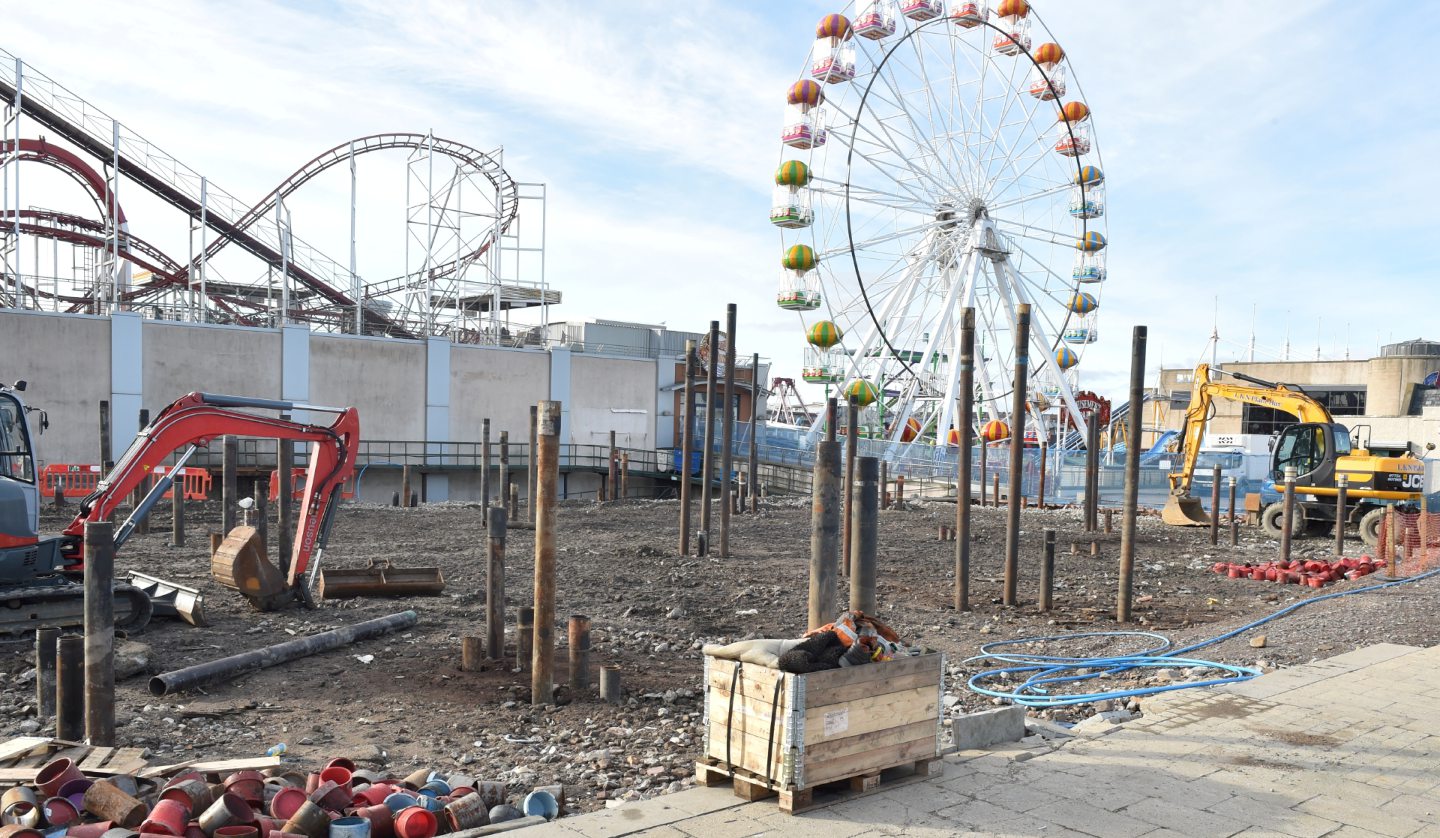
Conversation